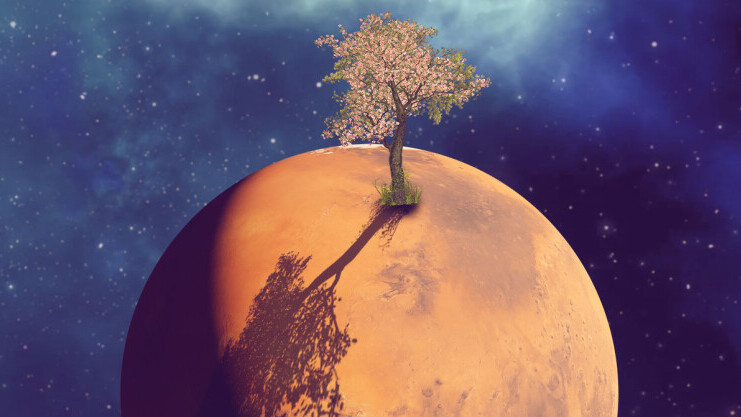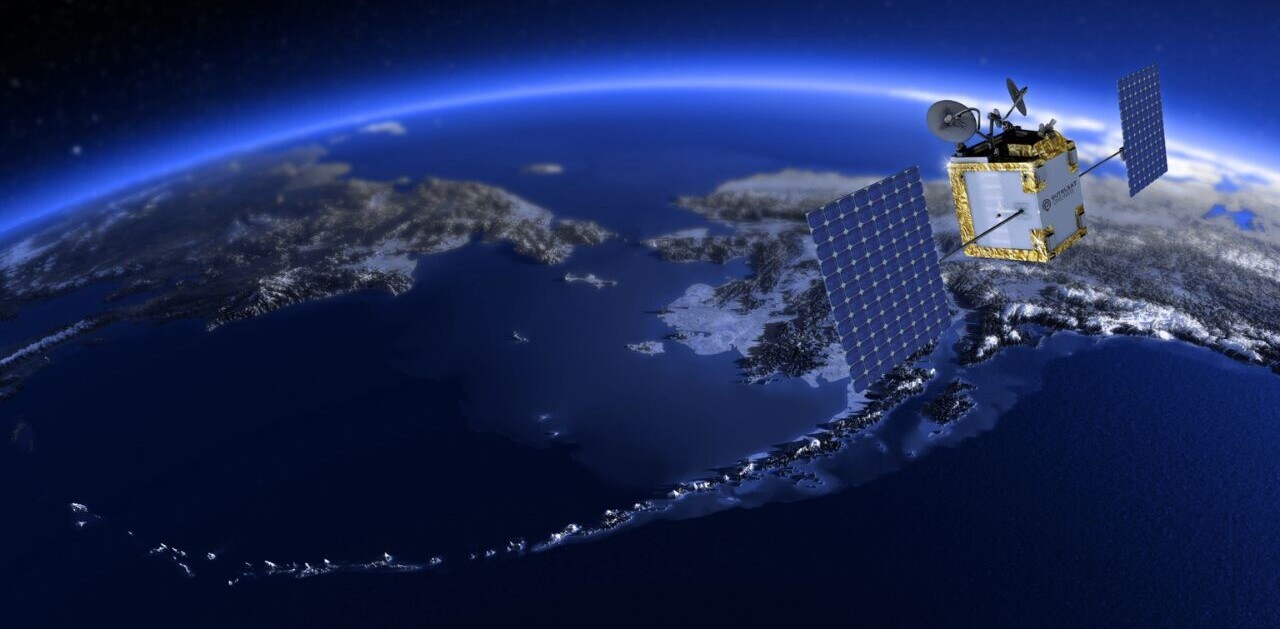
The moment humankind stepped out from our caves and gazed upon the night sky with curiosity and wonder, our ancestors set into motion a chain of events that will almost certainly end up with humans walking on Martian soil.
And, if you believe the current hype, that day could come in the next couple of decades. NASA has every intention of sending a crewed mission to the red planet sometime in the 2030s.
In the meantime, those of us who remain stuck here on Earth are left to wonder what such an accomplishment would ultimately mean for humankind.
Is Elon Musk right? Is it imperative to the future of humanity that we become a “multiplanet species” as soon as possible?
Make humanity a multiplanet species!
— Elon Musk (@elonmusk) May 6, 2021
And, if so, what exactly does that mean? How do we take a barren, rocky planet that makes Antarctica look like a tropical resort and turn it into the kind of place people might want to raise their children?
The answer’s simple: terraforming. Basically, we use science and engineering to figure out a way to make Mars more like Earth.
Of course we, as a species, don’t have the necessary technology to terraform planets. If we did, we might use it to stop our own from deteriorating to the point of no return due to human-caused climate shift.
But, let’s assume we eventually figure terraforming out. What would it look like?
According to a team of researchers from NASA, RAL space lab, and Princeton, the first steps would involve stabilizing the red planet’s magnetosphere.
Per the team’s paper:
The Earth’s magnetosphere helps protect the planet from the potential sterilizing effects of cosmic rays and also helps retain the atmosphere, which would otherwise by stripped by large solar storms as they pass over the planet.
Mars does have small patches of remnant surface magnetic field, but these are localized in the southern hemisphere and are not of sufficient size or magnitude to protect the planet or a colony.
The big idea then, would be to figure out a way to kickstart the atmosphere by establishing a magnetosphere like Earth’s.
But, as Universe Today’s Brian Koberlein points out, this is easier said than done:
Unfortunately, we can’t just recreate Earth’s magnetic field on Mars. Our field is generated by a dynamo effect in Earth’s core, where the convection of iron alloys generates Earth’s geomagnetic field. The interior of Mars is smaller and cooler, and we can’t simply “start it up” to create a magnetic dynamo.
The research goes on to explain how one viable alternative might be to get one of Mars’ moons to act as a sort of magnetic particle-generator that charges up the planet from the outside in.
It’s a bit more complex than that, but the gist is that the magnetosphere would form around the planet and, eventually, lead to a stable biosphere. You’d have breathable air, water, and protection from the harmful radiation that would currently make residing on Mars a living nightmare.
It’s perfectly reasonable to imagine flora and fauna thriving on the red planet within a matter of centuries. And it goes without saying that such an environment should be able to support human life.
And this has some interesting philosophical implications. Currently, there’s a scientific consensus that humans have not discovered definitive proof of intelligent life outside of our own planet.
But even if we never discover alien life, there could be life on other planets in a few hundred years. What if, by the year 2500, the unique conditions we’ve cultivated on Mars result in bespoke plants and animals?
Humans would have propagated the first known seeds of life beyond Earth and, arguably, established evidence for our own species as the progenitors of intelligent life in the universe.
After all, if we can terraform Mars, there’s nothing stopping us from doing the same to other planets. In fact, the team working on the magnetosphere problem envision practical uses for the technology beyond just making planets livable.
Per the paper:
Whilst the ideas presented here are at the scale of a planet like Mars, the principles are equally applicable to smaller scale unmagnetized objects like manned spacecraft, space stations or moon bases, creating protective ‘mini-magnetospheres’.
Solving the deep space radiation problem using craft-sized magnetospheres would be a game-changer for interplanetary travel and, ultimately, a necessary foundation for crewed missions into deep space.
The researchers do caution that this study isn’t meant to justify the need for such technologies, but to discuss the potential applications and engineering concerns as a sort of conversation-starter.
It’s likely we’re centuries from growing tomatoes on the red planet. But it’s never too soon to imagine how we go from where we are now to eating Martian marinara sauce.
Get the TNW newsletter
Get the most important tech news in your inbox each week.




